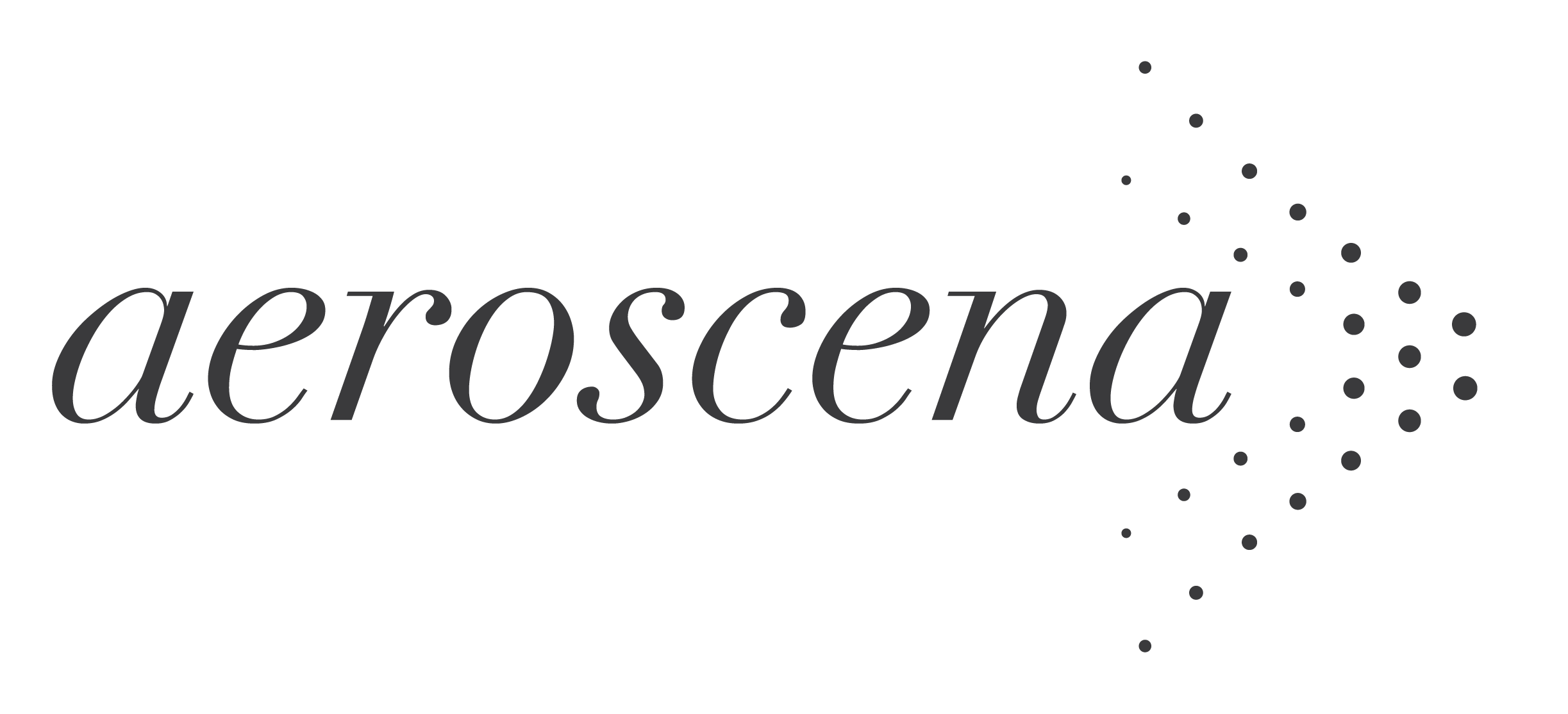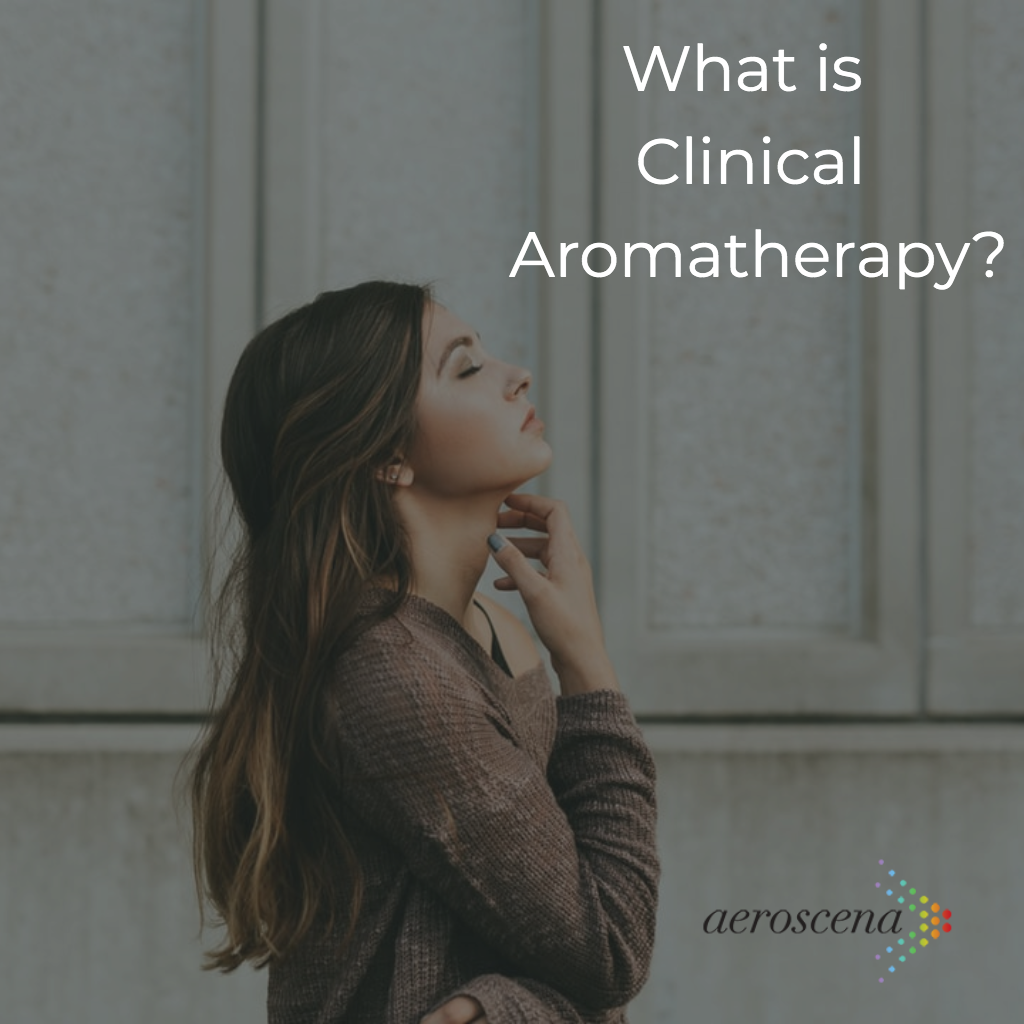
Functional Fragrance vs. Aromatherapy: What’s the Difference?
 If you’re familiar with aromatherapy, you may have started to notice a new scent-related term popping up: “functional fragrance.” But what is functional fragrance? And how does it differ from aromatherapy?
If you’re familiar with aromatherapy, you may have started to notice a new scent-related term popping up: “functional fragrance.” But what is functional fragrance? And how does it differ from aromatherapy?
At its most basic level, aromatherapy is a type of functional fragrance, especially as more and better research comes to light regarding its positive health effects. From insomnia and anxiety to chemotherapy- and pregnancy-induced nausea, essential oils are showing up in clinical environments across the U.S. and around the world to offer patients symptomatic relief.
However, while all aromatherapy falls under the broader umbrella of functional fragrance, not all functional fragrance is aromatherapy.
The classical definition of aromatherapy is the use of essential oils for therapeutic benefit. Essential oils are natural compounds, distillations of plants; a type of phytotherapeutic. They can be used alone — lavender is a popular single-note with plenty of research around it for many applications including stress and anxiety — or blended together to create synergistic effects. Aeroscena’s Ascents® Calm formula is an example of this type of blending, where orange, patchouli, juniper berry, and ylang-ylang are added to lavender, and each constituent oil enhances the therapeutic properties of the others.
A functional fragrance, on the other hand, is simply a scent that has some sort of “planned” effect.
Functional fragrance is an apple pie-scented candle that triggers happy memories of growing up and baking with family. It is the signature scent commissioned by a hotel chain for use in common areas and blended by a perfumer, tested and shown to evoke any of a range of positive emotions in guests that keep them coming back. It’s also the women’s clothing retailer that commissions a researched-based fragrance for all of their stores to enhance branding, keep shoppers in stores for longer periods of time, and increase their average spend. It is even something as simple as old-fashioned “smelling salts.” The ammonia certainly gets your attention, but it would not be a favorite eau de toilette.
Functional fragrances can also serve as a sort of value-added “perfume;” blends of pleasing fragrances that evoke positive emotions. Citrus-based scents are perceived as energetic; vanilla and rose as romantic; spice as masculine. However, while these scents may perform the function of eliciting an emotional response, they are not intended to offer relief from symptoms of medical conditions, nor are they necessarily essential oil based (in fact, most are not). Instead, they are lab synthesized, artificial fragrances, often without any transparency or traceability in terms of ingredients, supply chain, quality, or safety.
Does this mean functional fragrances should be avoided? Absolutely not. Scent plays a huge role in how we perceive the world. And not all synthetic fragrances are harmful (and not all natural fragrances are safe, for that matter). Unfortunately, due to the way fragrance is regulated in the United States — as a cosmetic — it’s next to impossible to know with any certainty what ingredients are in a given “fragrance” (the term is considered protected as a trade secret by law), making it even more difficult to be able to sort out the benign from the toxic.
So, while aromatherapy can be considered a type of functional fragrance, that’s where the similarities end. Aromatherapy is plant-derived medicine. Clinical aromatherapy adds additional rigorous quality control and testing for efficacy so that it can be used (and trusted) by medical professionals to help patients find symptomatic relief. Functional fragrance, however, can be synthesized from just about any compound and does not have to be tested for quality, safety, or efficacy. It’s simply a scent that is created with an end goal in mind, and it’s worth remembering that the end goal isn’t always one with your health and wellbeing in mind.



